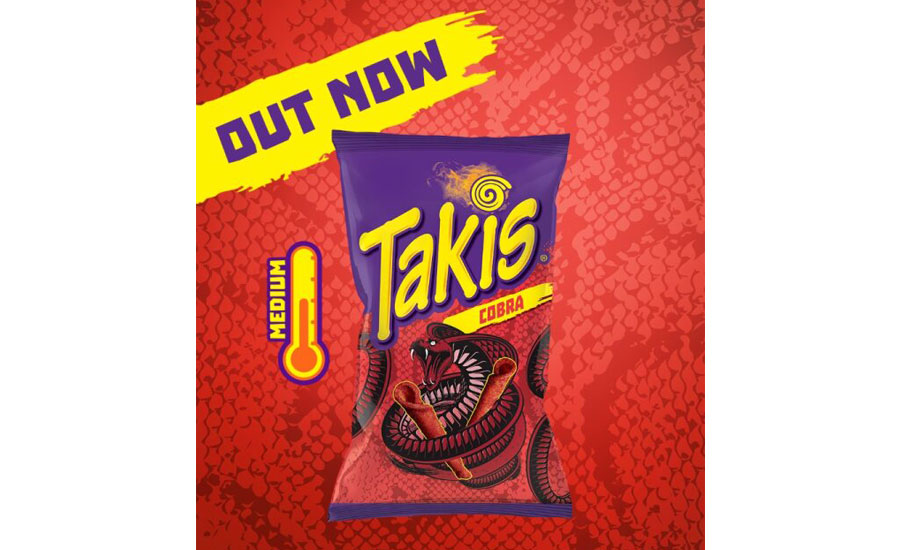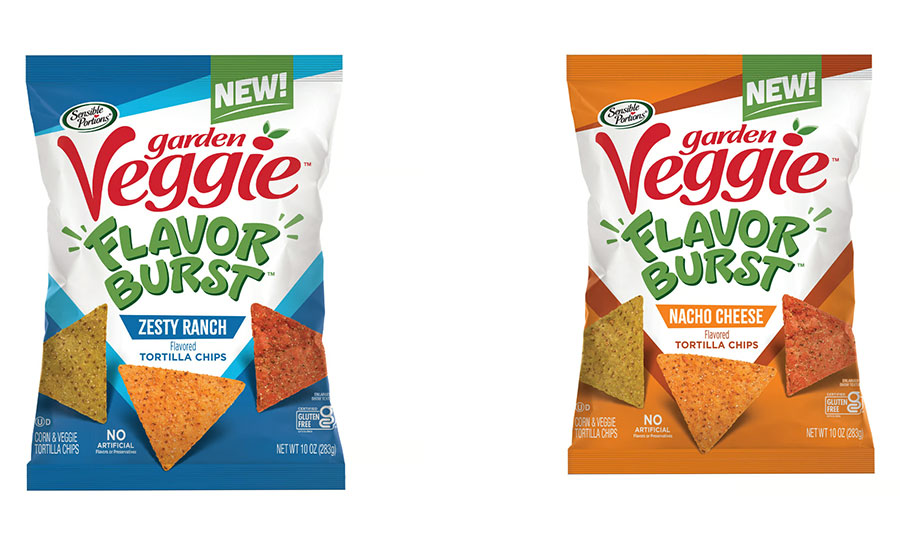State of the Industry 2024: Tortilla chips gain ground
July 22, 2024
State of the Industry 2024: Tortilla chips gain ground
July 22, 2024Courtesy of Tia Lupita
Consumers continue choosing tortilla chips for snack time. In fact, the rate at which shoppers have been putting the savory snacks into their carts (in person and digitally) has given the category enviable sales compared to other types of snacks.
“The biggest story in the tortilla-chip category continues to be double-digit growth,” says Jose C. Carrillo, head of marketing and strategy at Tia Lupita Foods.
Market data
According to Circana (Chicago) data for the 52 weeks ending April 21, 2024, many brands enjoyed that double-digit lift. Utz’s On the Border saw its dollar sales rise 16.6% to land at $340.4 million, while Campbell Snacks-owned Late July sales rose 12.3% to hit $121.8 million. Calidad’s sales climbed 10.5% to hit $100.4 million. Then, private-label registered $600.8 million, an increase of 15.5%.
The category’s steepest uptick went to Siete. While the grain-free tortilla-chip clocked in at a relatively modest $73.6 million for the period, it gained 28.1% in sales compared to the year prior.
Results were mixed for some of the bigger names such as Frito-Lay’s Doritos and Tostitos, and Barcel’s Takis rolled chips. These three brands topped the category, but their increases were smaller than other brands—Doritos rose 7.1% (hitting $3.9 billion total), Tostitos sales declined 2.3% to $1.6 billion and Takis grew 5.6% to hit $1.1 billion for the year.
Looking back
Carillo believes novel tastes deserve much of the credit for the sector’s successes. “Flavor innovation continues to be the main driver for mainstream tortilla chips, leading with spicy and bold flavors,” he argues.
Case in point, sweet and tangy pineapple counters the heat in Late July’s recently launched Hawaiian Habanero. The Havoc brand launched Leap Day products hoping to provide “a multisensorial experience paired with a unique combination of intense flavors,” according to Jess Spaulding, chief marketing officer at PepsiCo Foods Canada, the brand’s parent company.
Looking for a reprint of this article?
From high-res PDFs to custom plaques, order your copy today!

Courtesy of Takis
Takis’ Senior Marketing Director Sandra Kirkpatrick, says, “We're always looking for ways to celebrate the innovative, trailblazing energy of our fans, and we’re taking it up a notch with the debut of a unique, fierce flavor from Takis Cobra. Our fans crave the latest and greatest flavors, so we're excited to introduce something unlike anything else in today's snack market.”
Inflation remains a hurdle “just as it is in every category of food and beverage,” Carillo laments, but he says an even more formidable headwind is the mainstreaming of better-for-you snacking, and “the unhealthy perception of fried tortilla chips” that it suggests. Still, he says, that hurdle has an upside because it compels brands to innovate, which they’ve done by tapping into alternative and functional ingredients which he believes “remove some of the guilt that comes with consuming tortilla chips.”
“We’re proud of the ingredients we use in our tortilla chips,” he says. “Our products are made with a blend of cassava flour, nopal, flour, and chia seeds, all of which make Tia Lupita tortilla chips a good source of fiber with 4 grams per serving.”
Tia Lupita is hardly alone here. Carillo praises Siete for doing “an amazing job” of building out the grain-free tortilla-chip space. “We’re looking to be part of that category growth, too. We can show consumers that eating better snacks doesn’t mean sacrificing taste or texture,” Carillo adds.
Looking forward
Carillo expresses optimism that the next 12 months will see the category drive that point home and is adamant his brand do its part. In fact, having spent the first six months of 2024 participating in PepsiCo’s Greenhouse Accelerator program, in which emerging and sustainable brands learn the ropes from the Frito Lay team, he says that Tia Lupita is on a path to “revamp” its chip line and the sector.
“We’re in the process of rolling out new packaging that better explains to consumers what they’re buying and highlights our product’s taste appeal as well as those 4 grams of fiber,” he says. “We’re optimizing our portfolio by keeping our Sea Salt and Salsa Verde varieties—with improved flavor—and launching Sea Salt & Lime, which we make with real lime juice.”
The company is also actively trying to get its “new-and-improved” tortilla-chip portfolio into more stores and, subsequently, more consumers’ carts and cabinets. Because social media has already played an important role in “showcasing the fun, friendly, approachable vibe we bring,” Carillo says, “Tia Lupita will continue pulling that lever to cultivate its fan base. It’ll also keep embracing the better-for-you formulations that may well embody the next stage in the tortilla chip’s evolution.”

Courtesy of Hain Celestial
That’s certainly what Hain Celestial Group will be doing. As Ed Kaiser, senior director of marketing, says, “The snacks aisle is crowded with tortilla chips that are viewed as a guilty pleasure.” To combat that view, Hain’s Garden Veggie Snacks Flavor Burst tortilla chip line “delivers on the unmet consumer need for a delicious, better-for-you snack that both kids and parents will reach for.”
The gluten-free chips combine spinach, beet, red bell pepper, carrot, and tomato with non-GMO corn and in a Nacho Cheese or Zesty Ranch profile—and they do so at what reportedly is a competitive price “compared to most conventional or specialty tortilla brands.”
That matters, Carillo says, as inflation has made better-for-you tortilla chips hard enough for straitened shoppers to afford already. His verdict: “We need to continue making efforts to offer better products at reasonable prices.”
Inflation or none, the future promises at least as many opportunities for tortilla chips as it does obstacles. “The tortilla-chip category will continue to post strong growth numbers,” Carillo predicts, “and we’re optimistic that the grain-free segment is still in its very early stages and has a lot of room for growth.”
After all, “Better-for-you eating is here to stay, and better-for-you snacking is more relevant each day,” Carillo concludes. “We prioritize using mindful ingredients that make consumers feel better about their snacks, but that also make them excited about snacking because the snacks taste great. Any time we can feel guiltless about what we’re snacking on feels like a win.”







